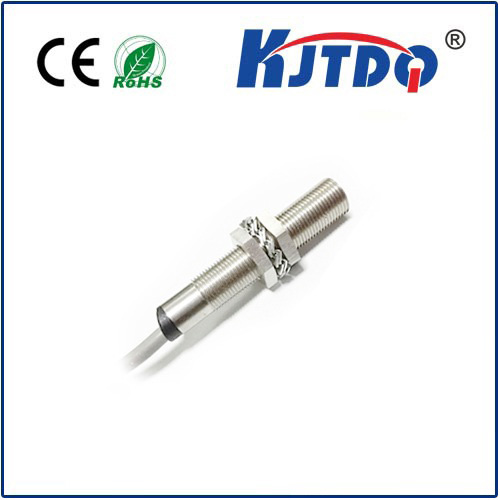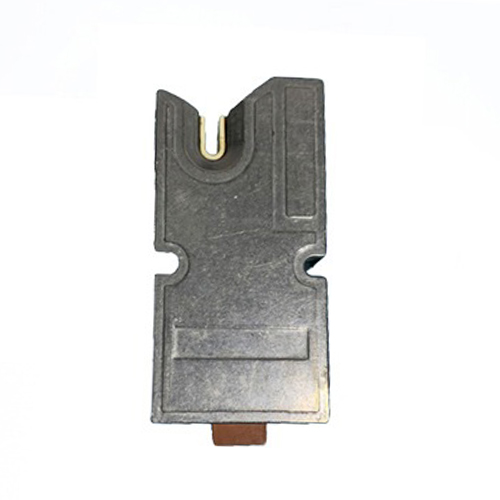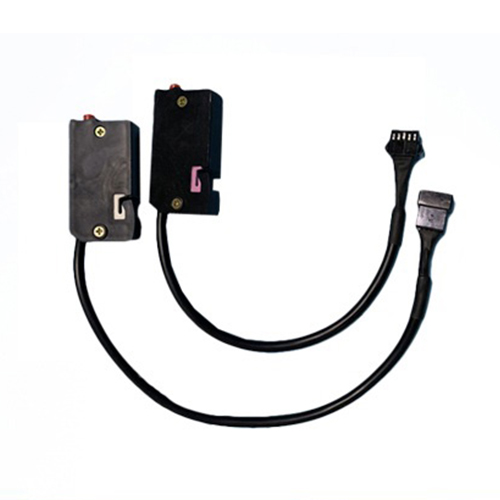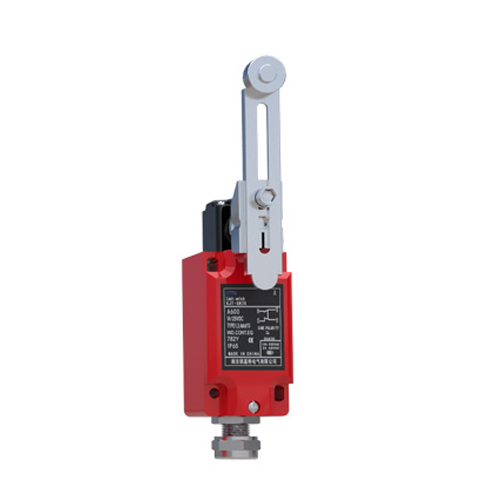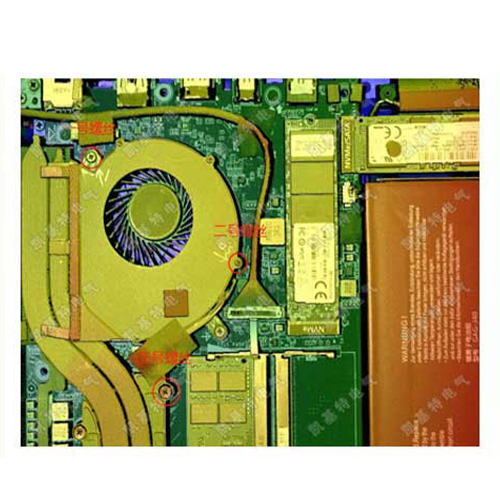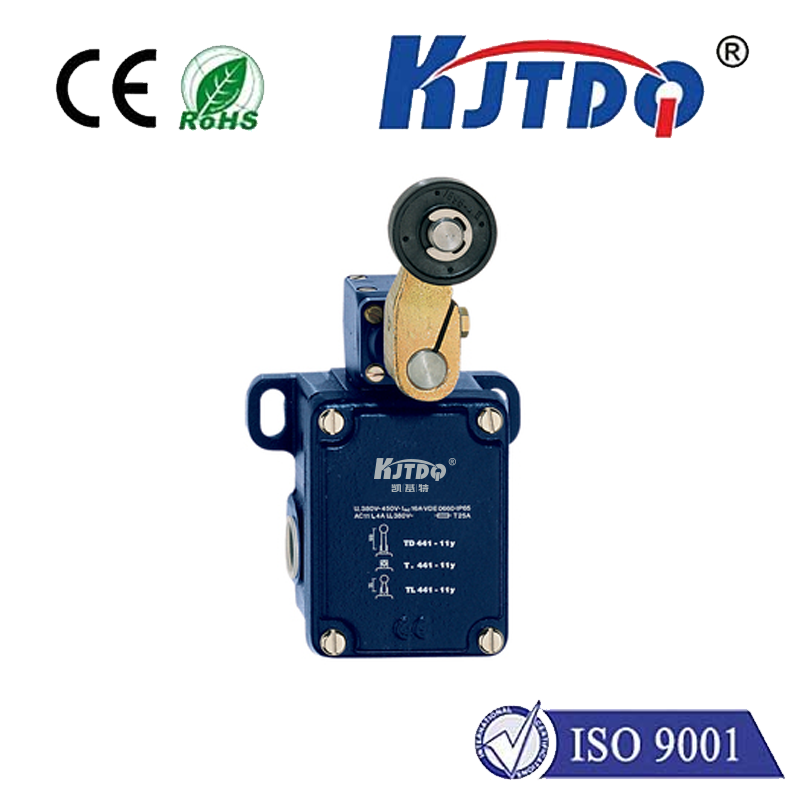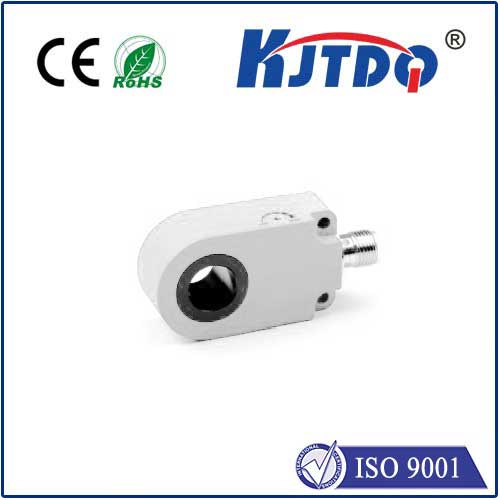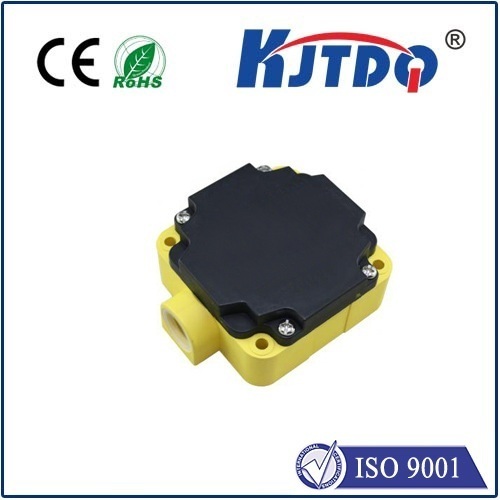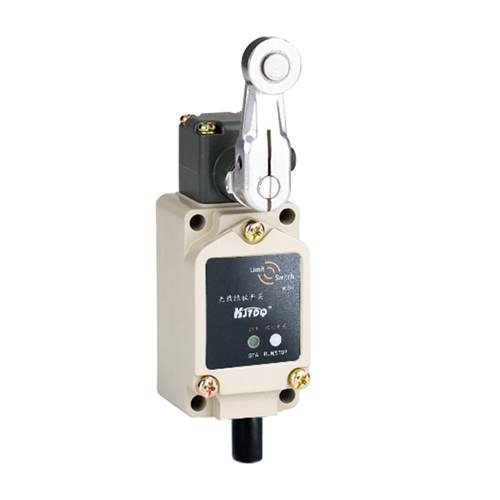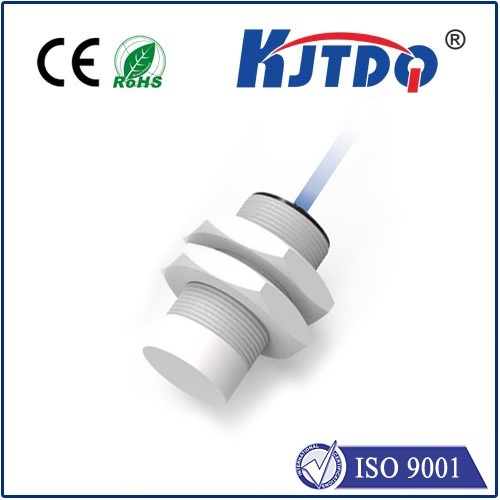

check

check

check

check
Vehicle Radar Sensor: Enhancing Safety and Efficiency in Modern Transportation
In today’s rapidly evolving automotive landscape, the integration of advanced sensors has become a cornerstone of vehicle safety and performance. Among these, the vehicle radar sensor stands out as a critical component in modern vehicles, playing a pivotal role in enhancing driving experience and ensuring road safety.
A vehicle radar sensor is a device that detects and measures the speed and distance of objects in the vehicle’s surroundings. It operates on the principles of electromagnetic wave reflection and pulse modulation, allowing the sensor to identify objects such as other vehicles, pedestrians, and obstacles. These sensors are commonly found in collision avoidance systems, adaptive cruise control, and autonomous driving technologies, making them an essential part of modern vehicle design.

The vehicle radar sensor works by emitting a short pulse of radio waves and measuring the time it takes for the waves to return after reflecting off an object. This time measurement is then converted into distance and speed data, which the vehicle’s control system uses to make real-time decisions. The high accuracy and reliability of radar sensors make them ideal for applications where precise data is crucial, such as in high-speed vehicles and autonomous driving systems.
One of the key advantages of vehicle radar sensors is their ability to function in adverse weather conditions. Unlike optical sensors, which can be affected by rain or fog, radar sensors continue to operate effectively in rain, snow, and darkness, ensuring consistent performance in all driving environments. This reliability is particularly important for urban driving and long-distance travel, where visibility is often limited.
Moreover, vehicle radar sensors contribute significantly to fuel efficiency and environmental sustainability. By enabling predictive braking and adaptive cruise control, these sensors help reduce unnecessary acceleration and deceleration, which in turn lowers fuel consumption and emissions. As the automotive industry shifts toward electric vehicles (EVs), the role of radar sensors in optimizing energy use becomes even more critical.
In addition to their functional benefits, vehicle radar sensors also enhance driver comfort and convenience. Features such as lane departure warning and traffic sign recognition rely on the sensor’s ability to detect and interpret environmental data, allowing drivers to stay informed and make safer, more efficient driving decisions.
As the automotive industry continues to innovate, the vehicle radar sensor remains a vital component in the development of smart and connected vehicles. With ongoing advancements in artificial intelligence and machine learning, the future of vehicle radar sensors looks promising, offering even greater accuracy and functionality.
In conclusion, the vehicle radar sensor is not just a technological advancement—it is a critical enabler of safety, efficiency, and convenience in modern transportation. Its integration into vehicles ensures that drivers can navigate roads with confidence and awareness, paving the way for a safer and more sustainable future.
